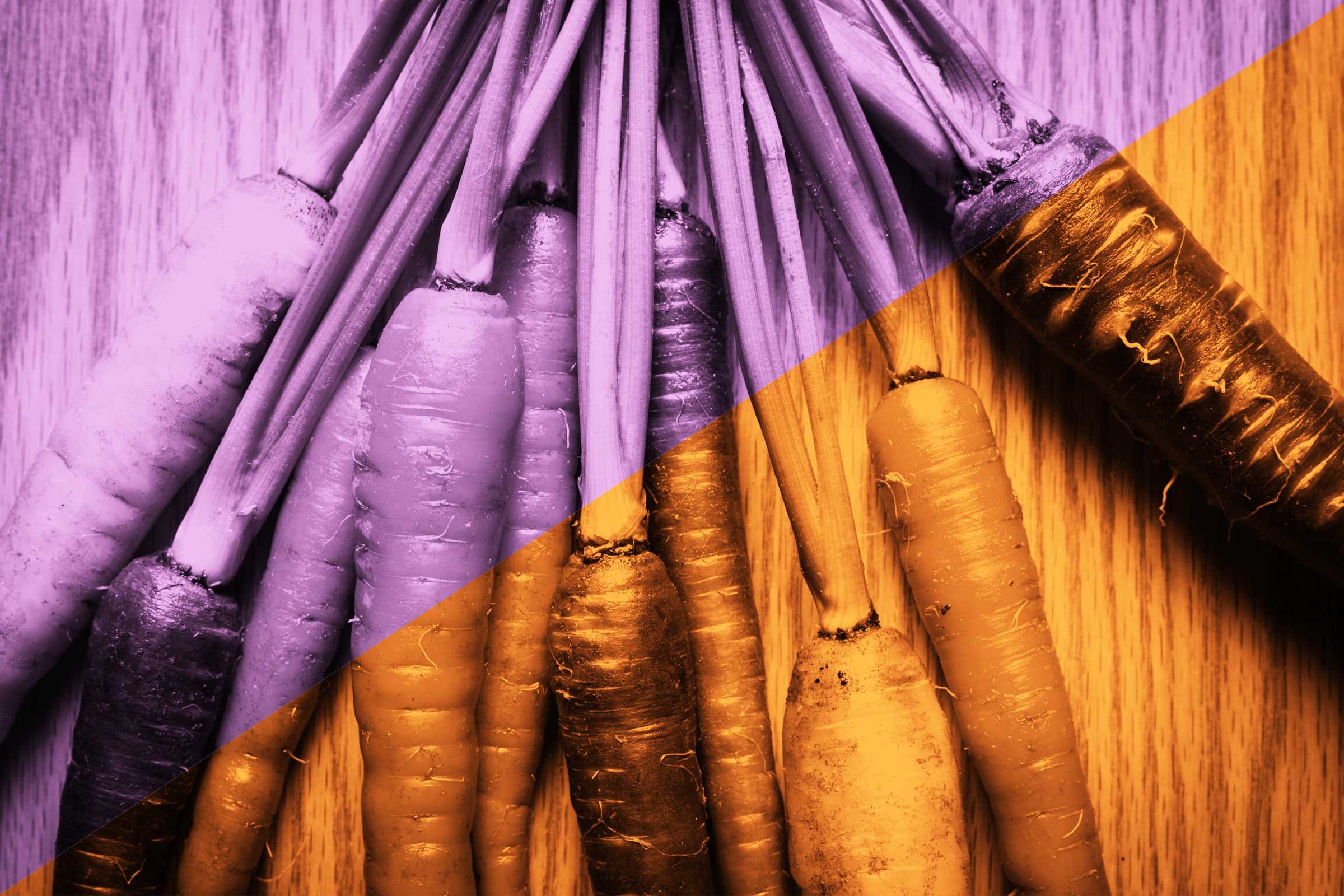
Purple vs. orange carrots
Rainbow carrots are a trendy feast for the eyes, but one color isn’t necessarily healthier than the others. All are rich in different antioxidants. Orange carrots have high levels of beta-carotene, important for healthy vision. Purple carrots are packed with anthocyanins, which may prevent heart disease. Red carrots contain lycopene, linked to lower risk of certain cancers. Yellow carrots have high amounts of lutein, linked to cancer prevention and healthy eyes. For maximum benefits, eat a variety. Here are six surprising health benefits of carrots to know.
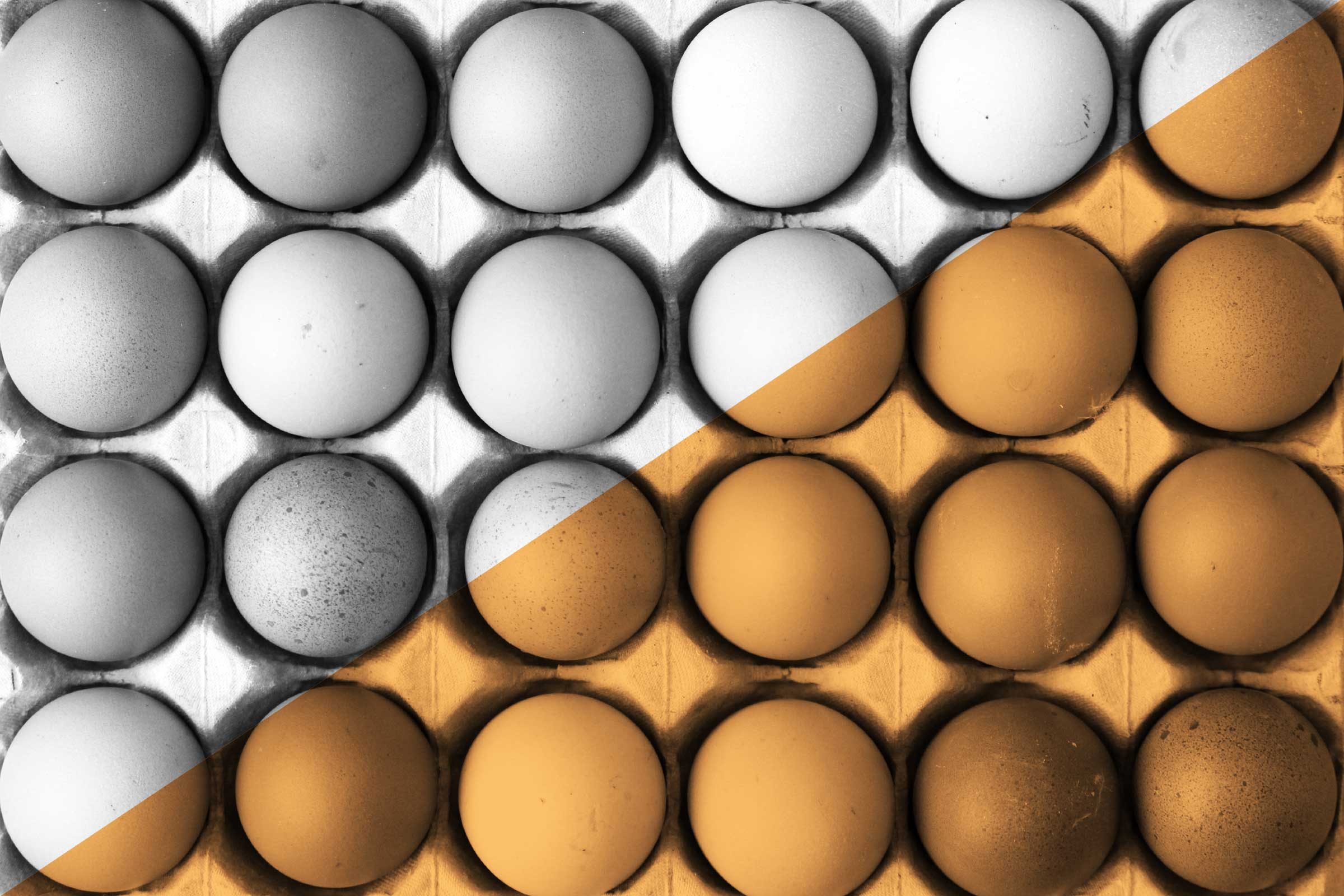
Brown vs. white eggs
An egg’s color says less about nutrition and more about… the chicken’s earlobe. Chickens with white earlobes lay white eggs; those with red earlobes lay brown ones. The only reason brown is pricier? Chickens that lay the eggs are larger and require more feed. Check out these simple tricks to cook perfect eggs.

Blue vs. yellow corn chips
Swapping yellow chips for blue won’t make your snack guilt-free. Blue corn contains more of the amino acid lysine and the antioxidant anthocyanin, but corn loses many of these nutrients when processed into a chip.
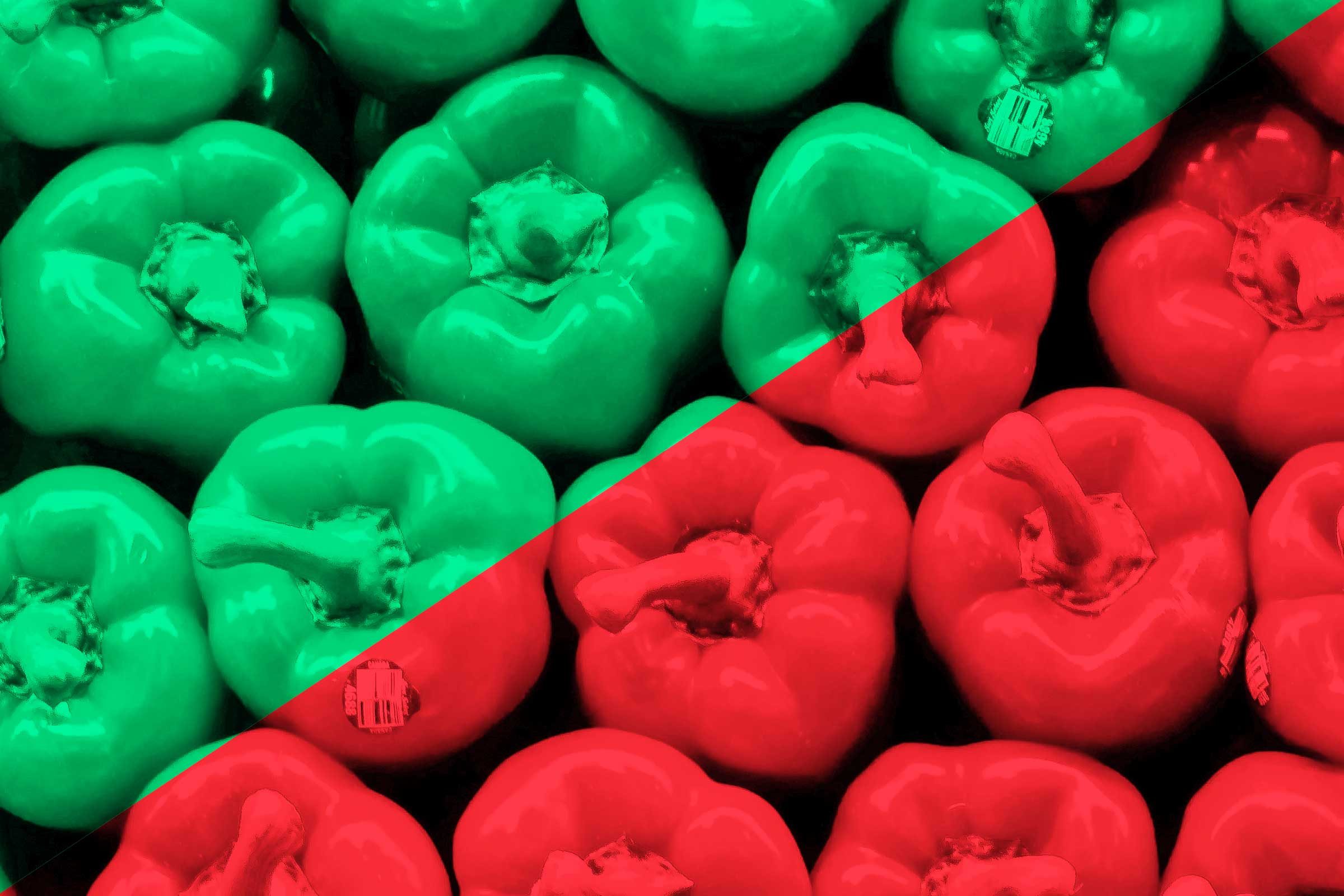
Green vs. red bell peppers
Red peppers are usually aged green peppers. Chlorophyll masks red pigment in green peppers until the vegetable matures. Green peppers are typically cheaper and have fewer nutrients because of their shorter growing time.
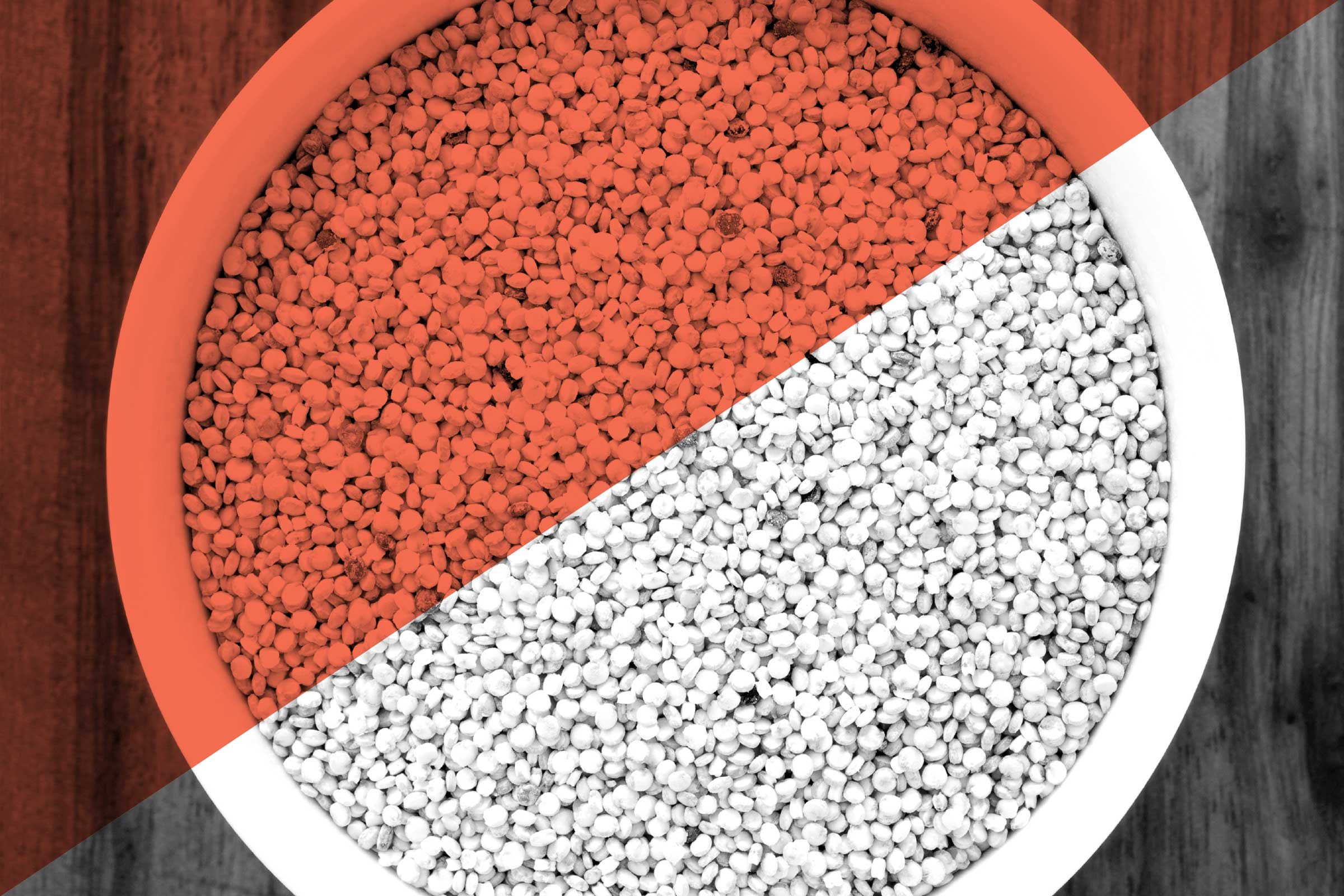
Red vs. white quinoa
Red quinoa offers a crunchier texture. White quinoa, the most common type, tends to have a neutral taste and fluffy texture. It is commonly used in breakfast porridges or as a substitute for a grain, such as rice. Red quinoa is often used in salads because it holds its shape well after cooking. Love quinoa? Try one of these creative quinoa recipes.
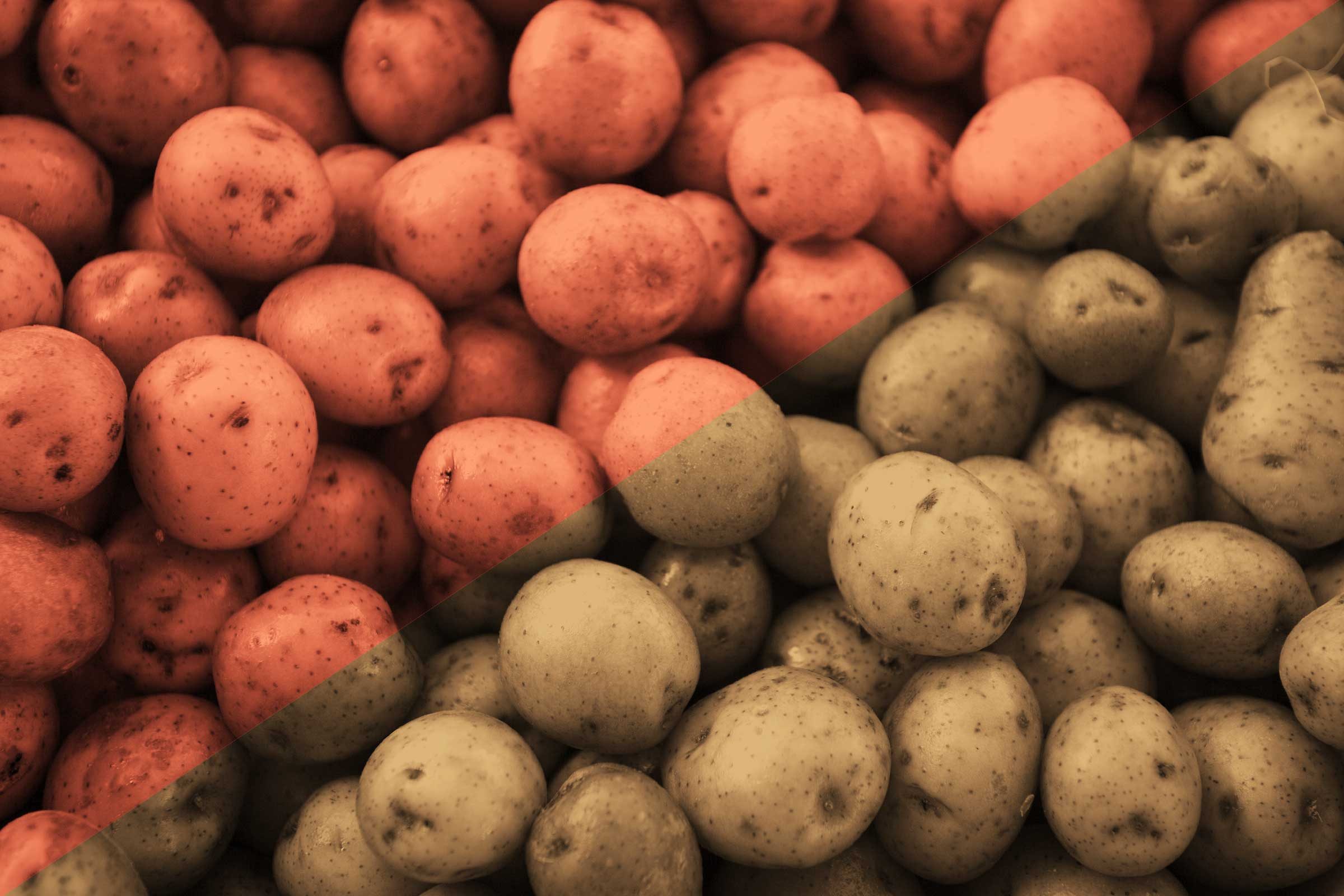
Brown vs. red potatoes
Russet potatoes, or the brown variety, have more starch than their red counterparts. This makes them light and fluffy when cooked—ideal for mashed or baked dishes. Red potatoes are smaller, have less starch and more sugar than russet potatoes (resulting in a stickier texture), and a very thin skin that is left on during cooking—ideal for roasting. Both potatoes are virtually equal in vitamins, though brown potatoes contain nearly double the vitamin B6, which the body uses for protein production.
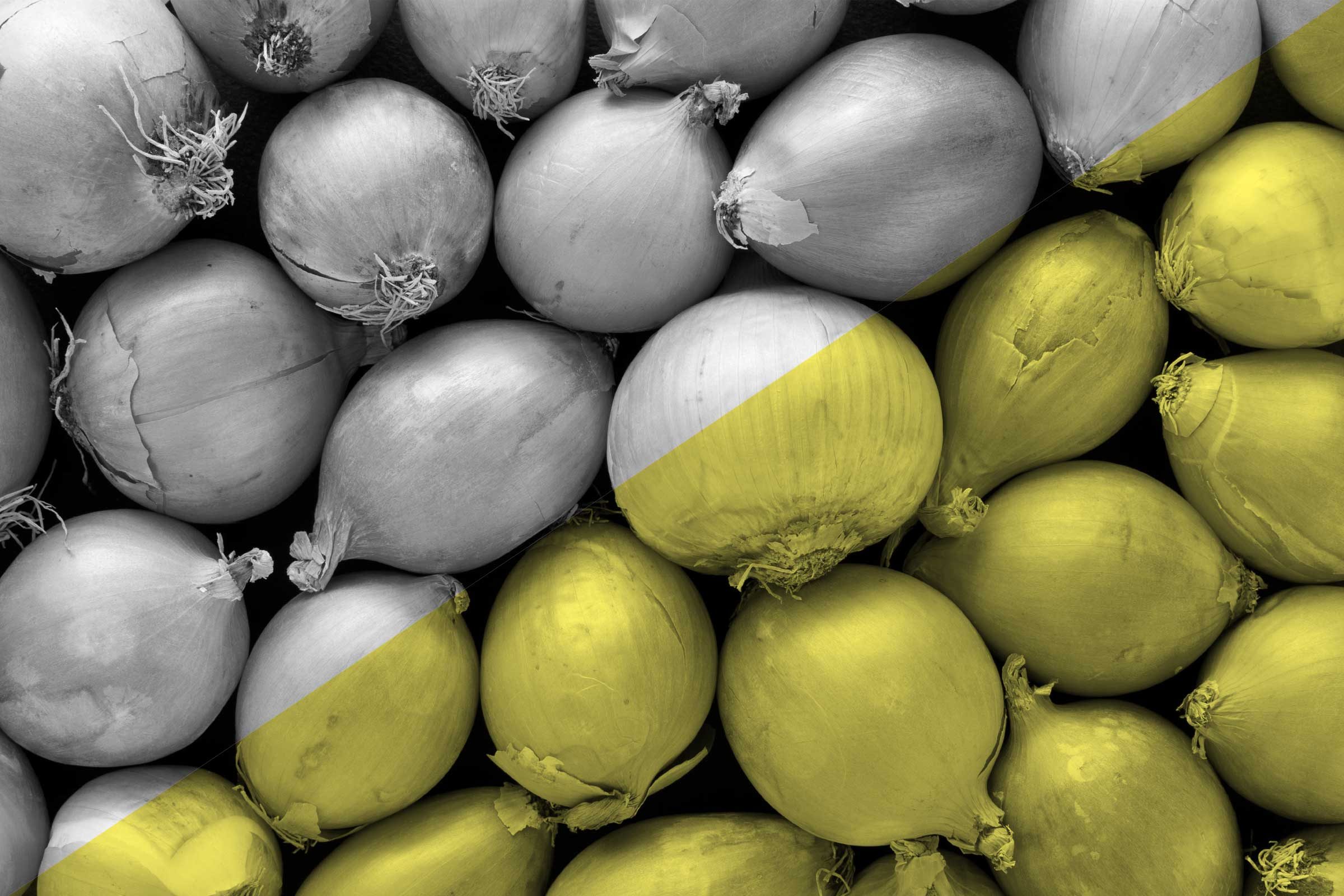
White vs. yellow onions
Nearly 90 percent of onions grown in the United States are yellow, commonly used in recipes due to their versatile, mild flavor. The longer they cook, the sweeter they become. White onions have a sharper flavor. Though they can also be cooked, they’re typically thinly sliced on sandwiches or sprinkled on salsa.
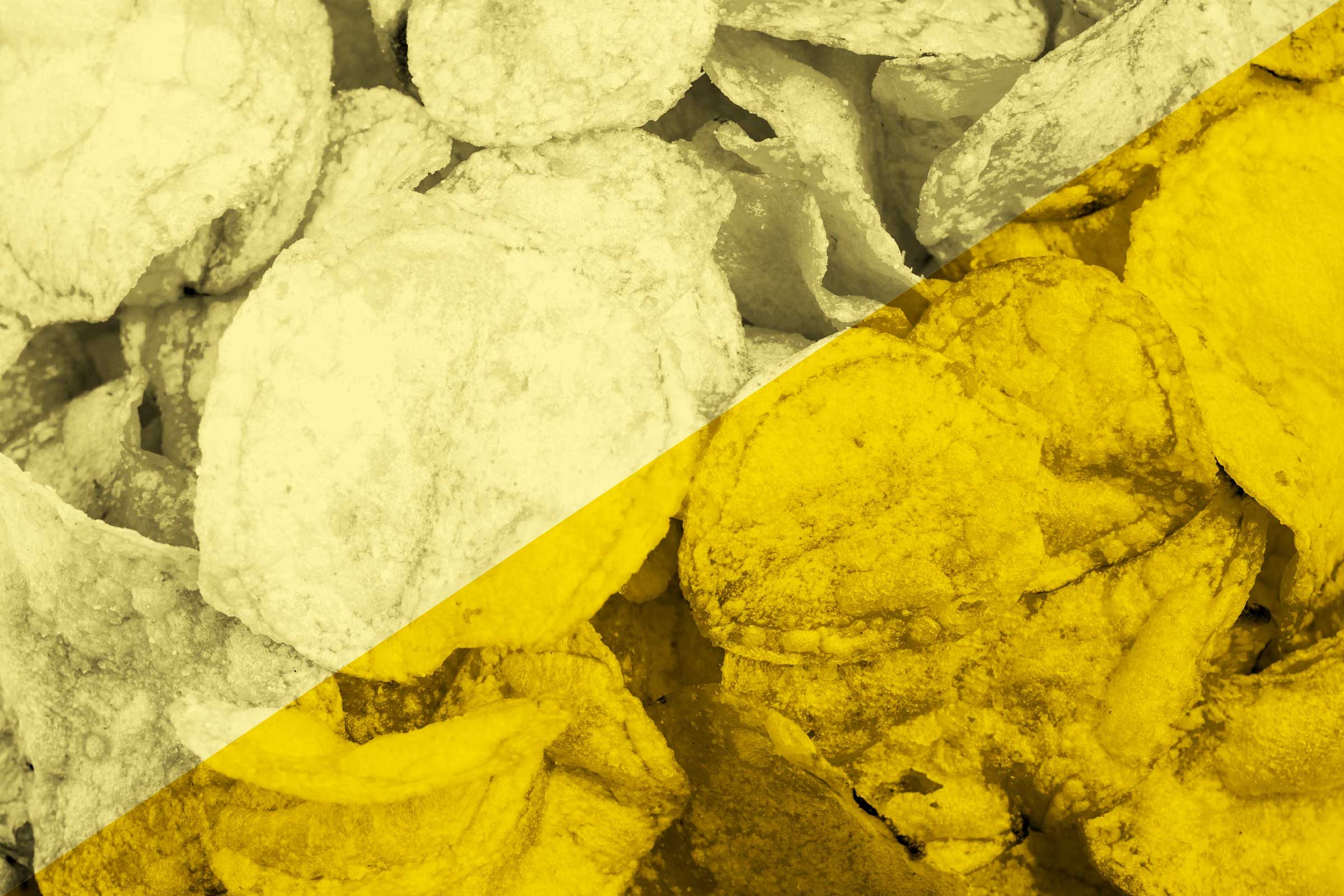
Light vs. dark potato chips
The darker the chip, the more flavorful. When protein and sugar are exposed to heat, a chemical reaction produces a dark color. This same reaction creates flavorful molecules that make the chip taste more savory.
Sources: Eric Decker, professor and head of the Department of Food Science at the University of Massachusetts, Amherst; Annals of Agricultural Sciences; time.com; thekitchn.com; medicalnewstoday.com; rodalesorganiclife.com; thekitchn.com; thecookingdish.com; ufl.edu; huffingtonpost.com; goaskalice.columbia.edu